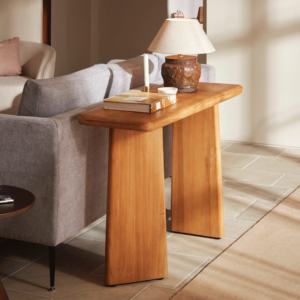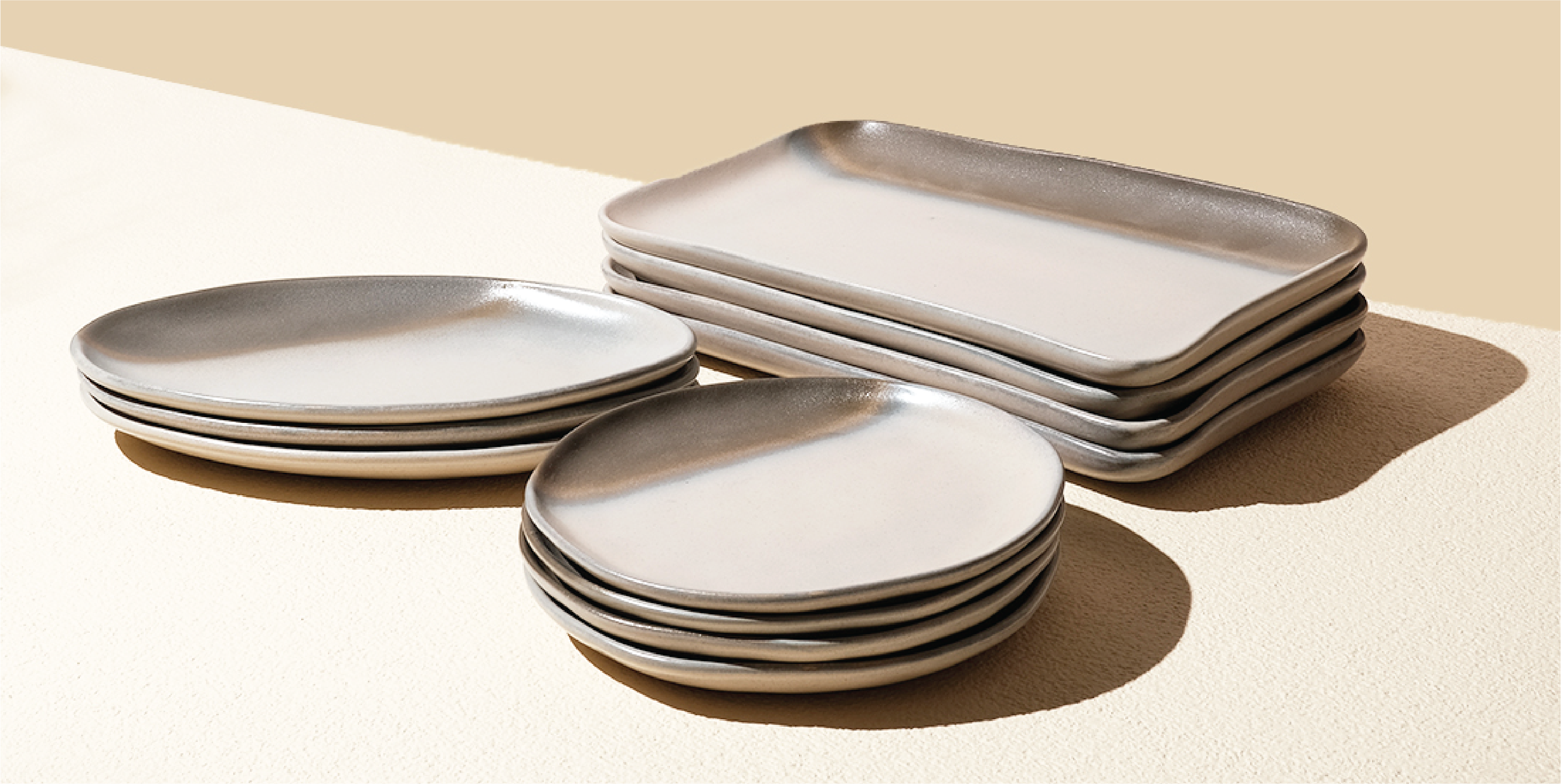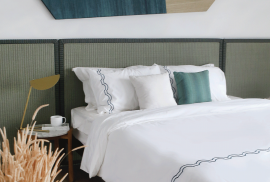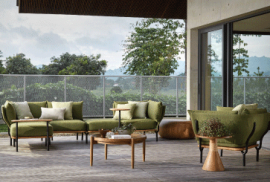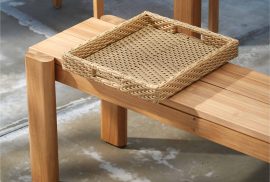How To Mix Wood Tones in Your Space
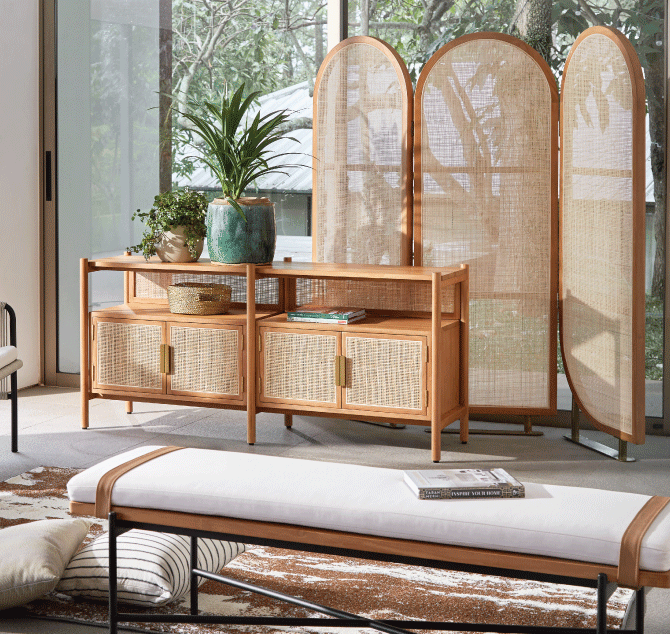
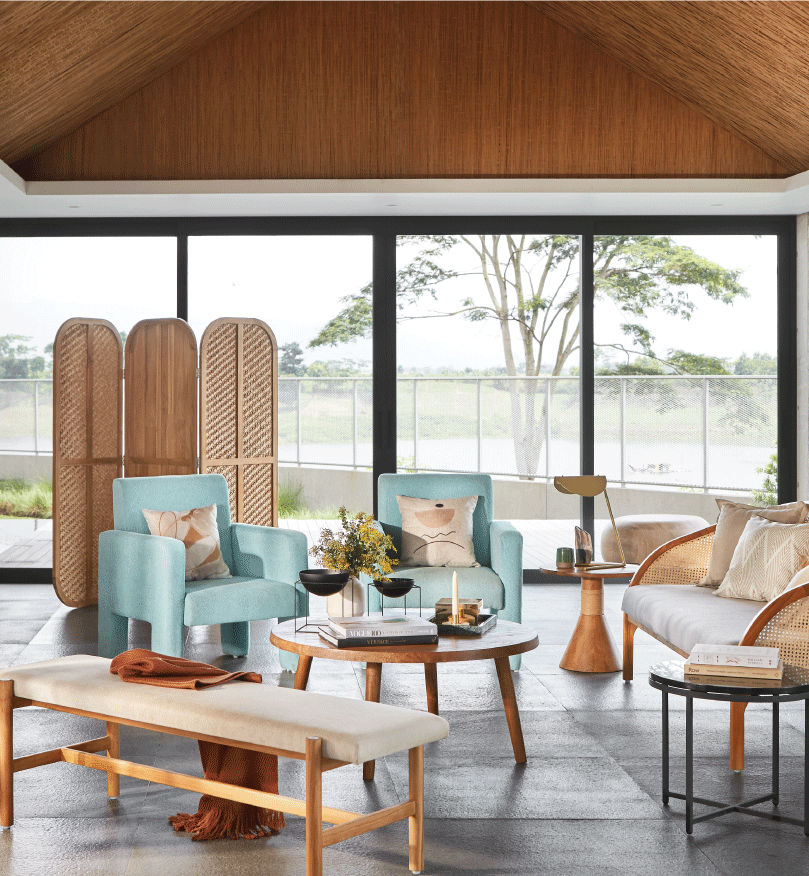
One of our frequently asked questions is:
“How do I mix wood tones in my home?
If my dining table has a light wood shade, can I add dining chairs in a dark shade?”
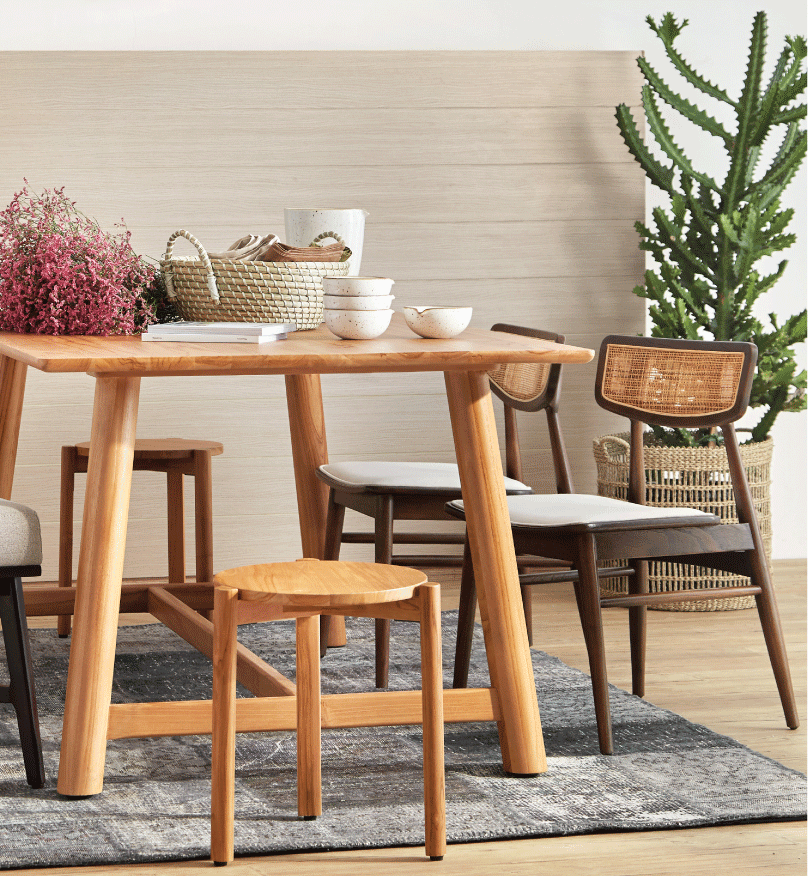
And our answer is a definite yes! Using only one wood tone throughout an entire space do make your home feel more zen but it can feel flat at times. Creating a balanced look with mixed wood tones, however, can be easier than done.
Find here our step by step guide on how to mix wood tones in your space ->
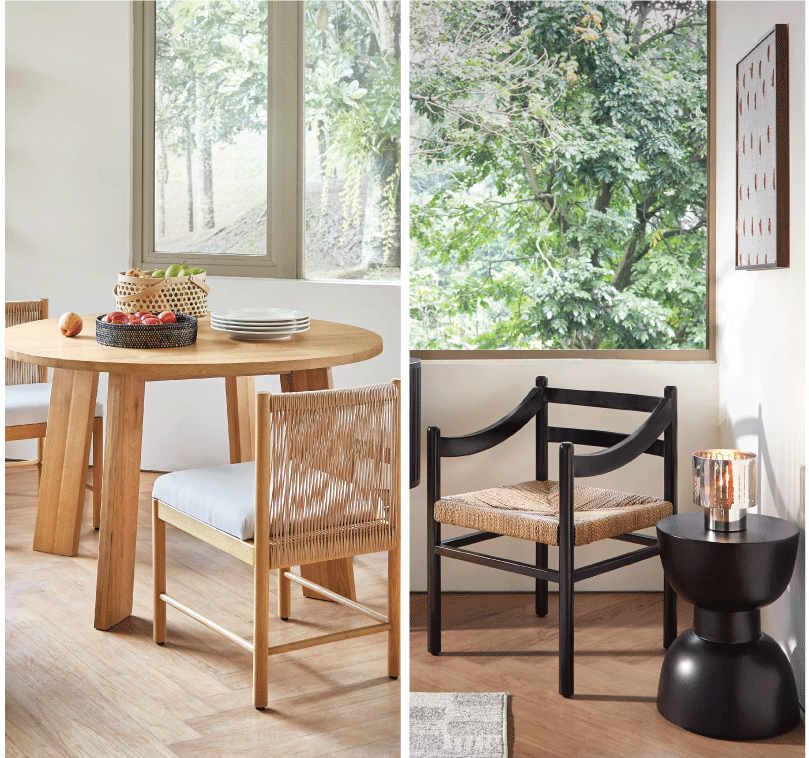
Step 1: Find your dominant wood tone(s)
When designing a home and before we start choosing the items such as the coffee table or the dining table, we consider first the finishes. Do you like a natural wood tone better? Or simply a darker wood tone?
Whether you are just finding for a new side table, finding the dominant wood tone(s) for your space will help to ensure the tones flow together and make the space feel cohesive.
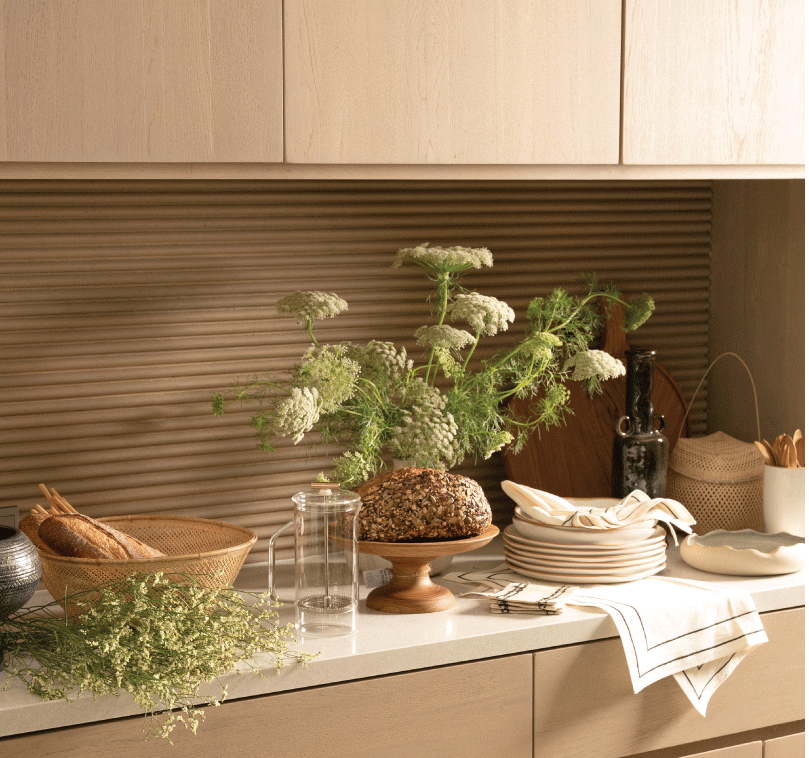
As a rule of thumb, the dominant wood tone will appear not just in your furniture but in other finishes like the flooring, windows, or built-in cabinets. If you don’t have any wood tones in your space, the largest piece of wood furniture is where you’ll find the dominant wood tone.
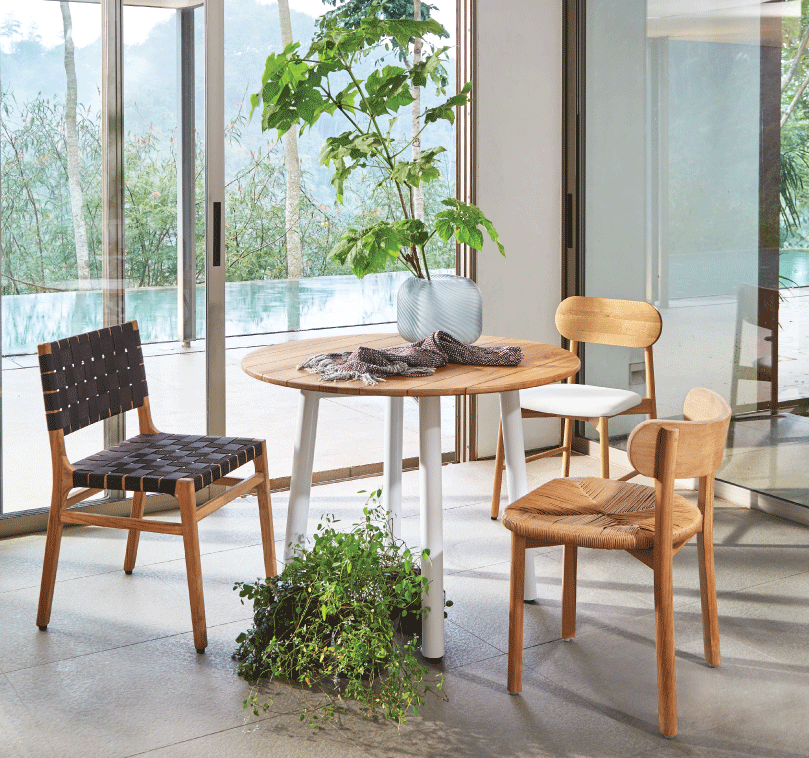
Step 2: Look for the undertones
After you’ve identified the dominant wood tone, your next step is to identify the the undertones you want to pull out through your design. For instance, if you have warm tones in your dominant wood, other warm tones like natural teak, walnut, or maple color will seamlessly match the dominant wood.
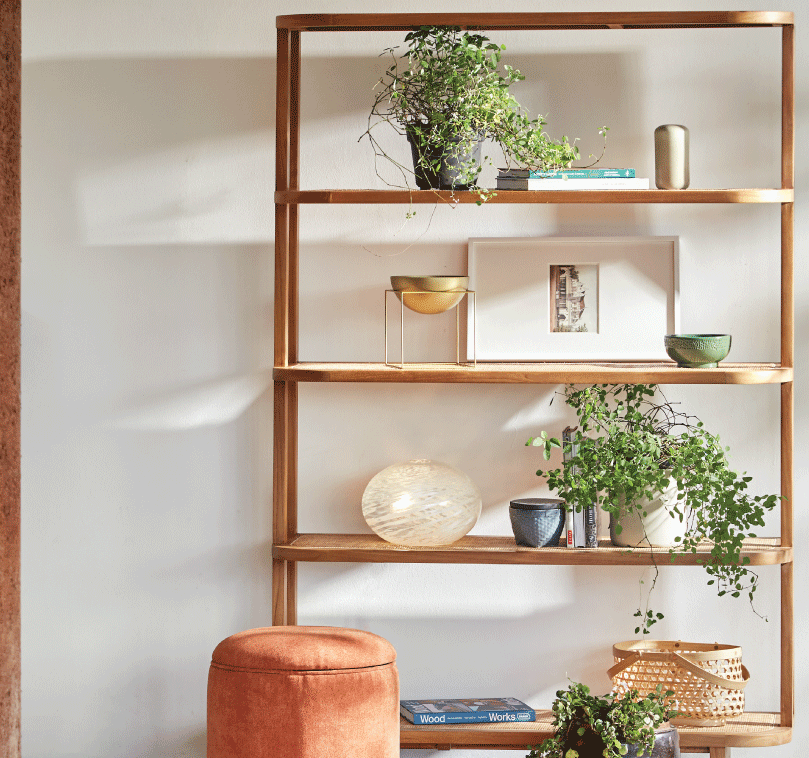
Contrasting undertones can make interesting results to your space. You can also create undertones not just from your furniture, but from decorative accents to create a cohesive feeling.
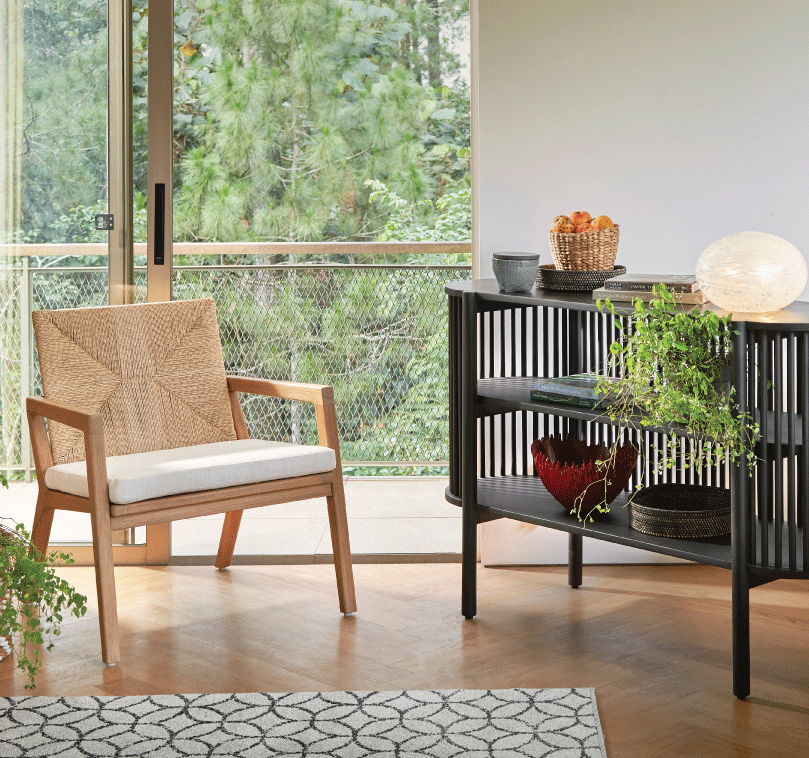
Step 3: Complement/contrast the tones
Time for the fun part! Now that you’ve identified the dominant wood and its undertones, try contrasting wood tones to create dimension or match wood tones for a more streamlined look.
If you like to contrast your woods, keep it bold to avoid competing visual points. For instance, we can have a light colored chair and pair it with a dark wood like shelf.
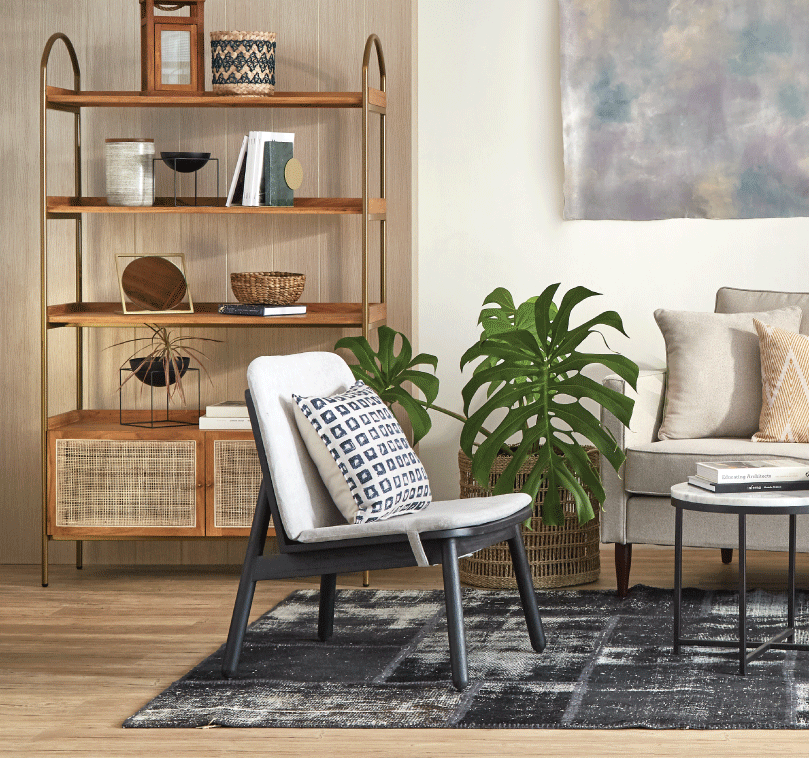
If the wood tones in your space feels overwhelming, balance it out with a neutral-stained wood in white, black, or light grey.
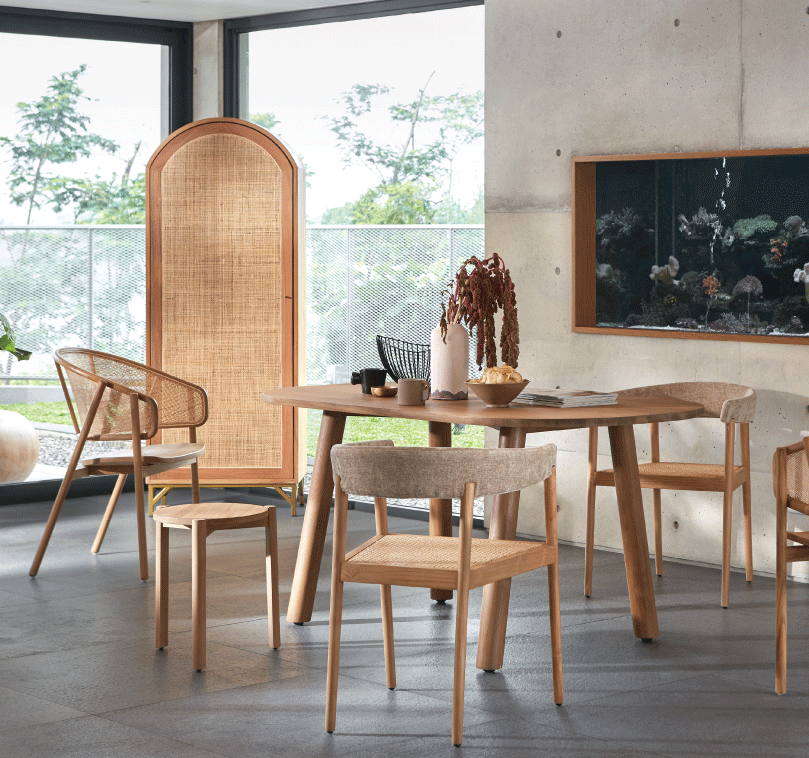
Step 4: Balancing the wood tones
Once you have contrasted or complemented your wood tones, your space may sometimes still feel a bit too warm or too cold. And from here onwards, you can balance out the wood tones by repeating the tones throughout the space, e.g. using the wood tones on your coffee table with your coffee table or your dining table.
